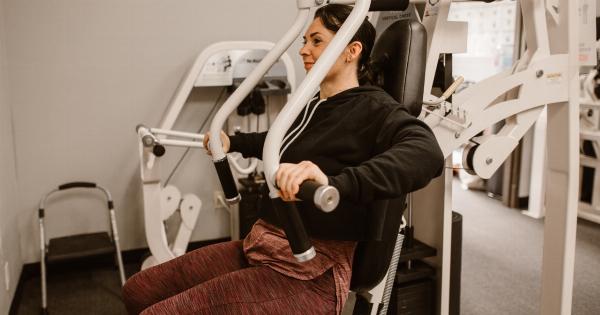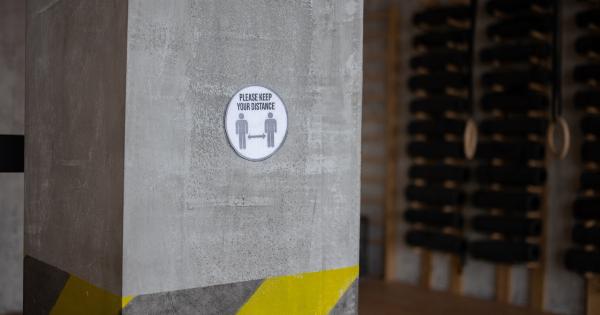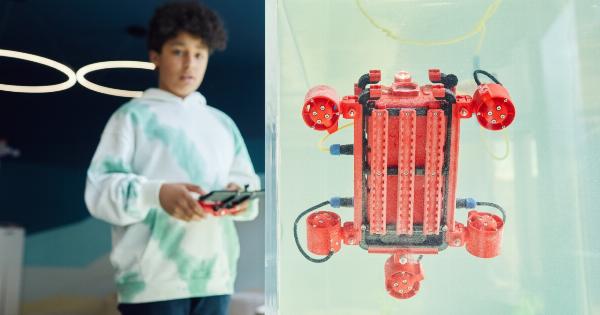Rhinoplasty, commonly known as a nose job, is a surgical procedure that aims to change the size, shape, or structure of the nose.
On the other hand, diaphragm repair is a surgical procedure performed to fix a hernia or weakness in the diaphragm muscle, which separates the chest cavity from the abdominal cavity. While these two procedures may seem unrelated at first glance, there can be circumstances where they are combined to provide multiple benefits to the patient.
This article explores the connection between rhinoplasty and diaphragm repair and highlights the advantages of undergoing both procedures simultaneously.
Understanding Rhinoplasty
Rhinoplasty is a popular cosmetic surgery option that addresses both aesthetic and functional concerns associated with the nose.
Individuals may opt for rhinoplasty to improve the appearance of their nose, correct breathing difficulties, or enhance their overall facial harmony. The procedure involves making incisions either inside the nose or across the thin strip of tissue separating the nostrils (columella).
Depending on the desired outcome, the surgeon may remove or rearrange bone and cartilage, reshape the nasal tip, narrow the nostrils, or adjust the angle between the nose and upper lip. Rhinoplasty can be performed using two techniques: open rhinoplasty and closed rhinoplasty.
The Role of Diaphragm Repair
The diaphragm is a critical muscle responsible for helping us breathe by contracting and expanding the chest cavity.
It separates the chest from the abdomen and plays a vital role in maintaining the pressure differences necessary for proper lung expansion. However, in some cases, the diaphragm can become compromised due to injury, congenital defects, or hernias.
Diaphragmatic hernias occur when an organ pushes through a weakened spot in the diaphragm, causing discomfort and impairing the functioning of both the lungs and the abdominal organs. Diaphragm repair surgery aims to fix these hernias or weaknesses by repositioning the organs and reconstructing the damaged or weakened diaphragm.
The Unconventional Synergy
Despite being seemingly unrelated procedures, rhinoplasty and diaphragm repair can be combined to provide patients with multiple benefits in certain situations.
This unconventional synergy stems from the fact that both procedures require incisions to be made in the body, offering a unique opportunity for patients looking to address their aesthetic concerns as well as their diaphragmatic hernias or weaknesses.
While the combination of rhinoplasty and diaphragm repair may not always be feasible or recommended, individuals who are suitable candidates can benefit from the convenience of undergoing both procedures simultaneously, saving time and minimizing recovery periods. Such cases require a thorough evaluation of the patient’s overall health, medical history, and individual circumstances to determine the feasibility and safety of the combined procedure.
The Advantages of Combined Surgery
Undergoing rhinoplasty and diaphragm repair simultaneously offers several advantages for eligible individuals. These benefits include:.
1. Comprehensive Enhancement
By combining these procedures, patients can achieve both functional and aesthetic improvements in a single surgical session.
The surgery not only addresses the practical concerns related to the diaphragm but also enhances the nasal appearance and corrects functional issues, such as deviated septum or breathing difficulties. This comprehensive approach allows patients to achieve their desired results efficiently while minimizing the need for multiple surgeries.
2. Simultaneous Recovery
Perhaps one of the most significant advantages of combining these surgeries is the ability to recover from both procedures concurrently.
By undergoing simultaneous surgeries, patients can save time compared to having separate surgeries with separate recovery periods. Simultaneous recovery also reduces overall healthcare costs and minimizes disruption to daily activities, allowing individuals to return to their normal routines more quickly.
3. Improved Patient Experience
Undergoing surgery can be a stressful experience, and combining procedures can help alleviate the psychological burden for patients. By minimizing the number of surgeries needed, patients can reduce anxiety and focus on a single recovery process.
This streamlined approach can enhance the overall patient experience and motivation to undergo the necessary treatments, leading to more successful outcomes.
4. Cost and Time Efficiency
Combining rhinoplasty and diaphragm repair can result in cost savings for patients. The expenses associated with surgery, anesthesia, and hospital stays are consolidated into a single procedure, reducing overall healthcare costs.
Additionally, the combined surgery requires only one session in the operating room, resulting in time efficiency for both the patient and the surgical team.
5. Tailored Surgical Planning
When combining rhinoplasty and diaphragm repair, extensive planning is required to ensure patient safety and optimal outcomes.
The surgical team must consider various factors, such as the sequence of procedures, anesthesia options, and potential interactions between the different aspects of the surgeries. Such comprehensive planning allows the surgeon to tailor the procedures to the patient’s specific needs, resulting in a more customized and effective surgical plan.
Conclusion
While rhinoplasty and diaphragm repair may appear unrelated, combining these procedures can provide patients with multiple benefits beyond what each surgery offers individually.
The possibility of addressing cosmetic concerns along with functional diaphragmatic issues in a single surgical session offers comprehensive enhancement and simultaneous recovery. It improves the patient experience, reduces healthcare costs, and allows for tailored surgical planning. However, the combination of these procedures should only be considered in suitable candidates after a thorough evaluation by medical professionals.
By understanding the potential advantages, eligible patients can make informed decisions regarding their surgical options and maximize the benefits of these combined procedures.































